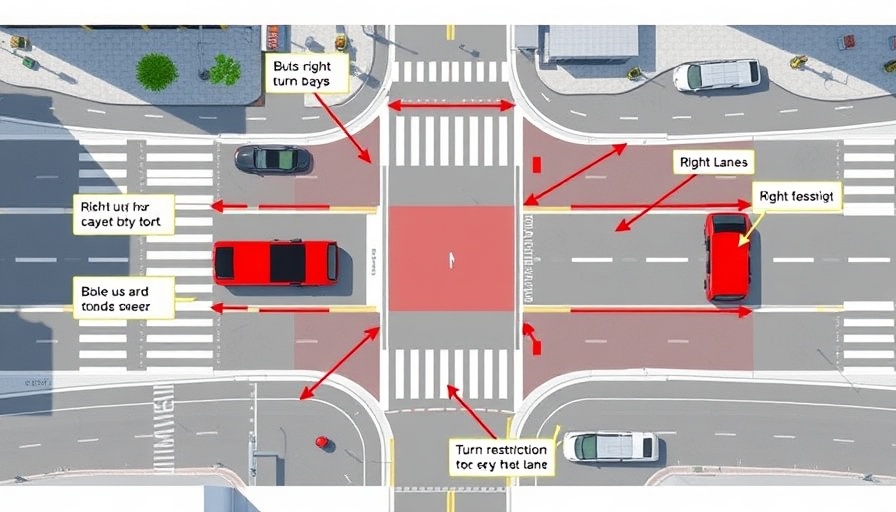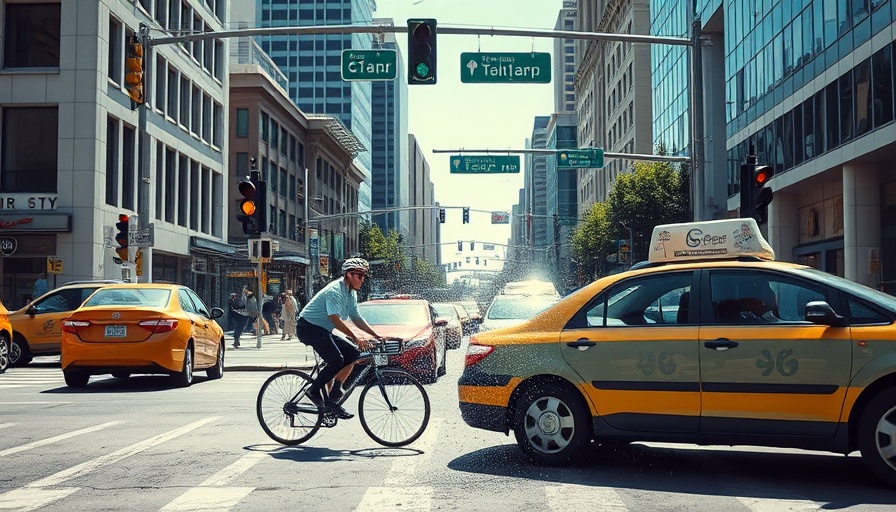
New York's Bold Step Toward a Car-Free Future
The New York City Department of Transportation (DOT) is taking an ambitious stride by proposing a transformation of 34th Street into a mostly car-free busway, reminiscent of the successful 14th Street model. This initiative, which has garnered the backing of community boards 4, 5, and 6, aims to alleviate the congestion faced by an estimated 28,000 daily M34/A bus riders who experience frustrating speeds of just 3 miles per hour.
Why This Change Matters
The significance of this proposed busway lies not only in improving public transit efficiency but also in prioritizing safety and accessibility for millions of commuters. Following the patterns established on 14th Street, where bus speeds improved and traffic dramatically decreased, DOT Commissioner Ydanis Rodriguez expressed optimism about the potential benefits for Midtown commuters. “The vast majority of commuters in Midtown are traveling by transit, and they deserve world-class, fast, and reliable buses,” Rodriguez stated.
Community Support Drives the Initiative
This proposal stands out due to the strong public support it has received from local community boards. Each board has recognized the pressing need for safety enhancements and efficient transportation options. Their endorsement underscores the wider community's desire for actionable changes that prioritize both pedestrians and public transit riders.
Looking Ahead: The Future of Urban Transport
As New York City grapples with the challenges of urban congestion, such initiatives signal a potential shift in how the city approaches transportation planning. The 34th Street busway is part of the DOT's *Connecting to the Core* program, reflecting a broader commitment to comprehensive transit solutions that benefit both residents and businesses alike. While the road ahead involves refining the design with community feedback, this proposal may set a precedent for future car-free initiatives in the city.
Final Thoughts
As New Yorkers await further details, the proposed transformation of 34th Street could indicate a pivotal moment in the city's transit narrative, setting a course for other urban areas to consider similar paths toward enhancing public transport and limiting car dependency.
 Add Row
Add Row  Add Element
Add Element 



Write A Comment